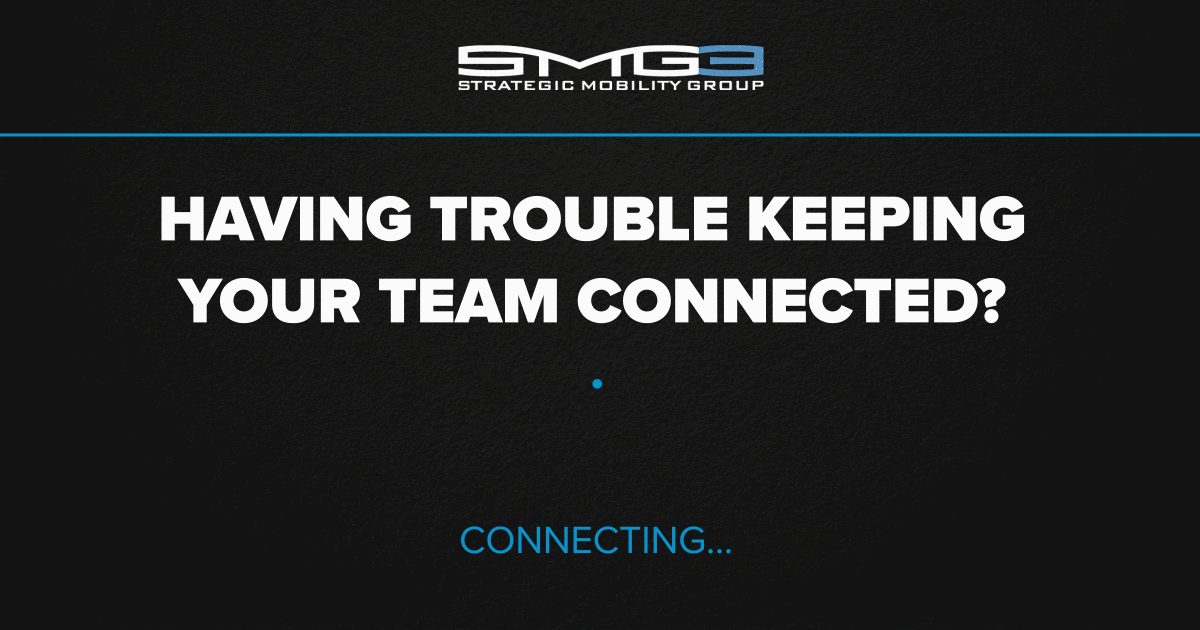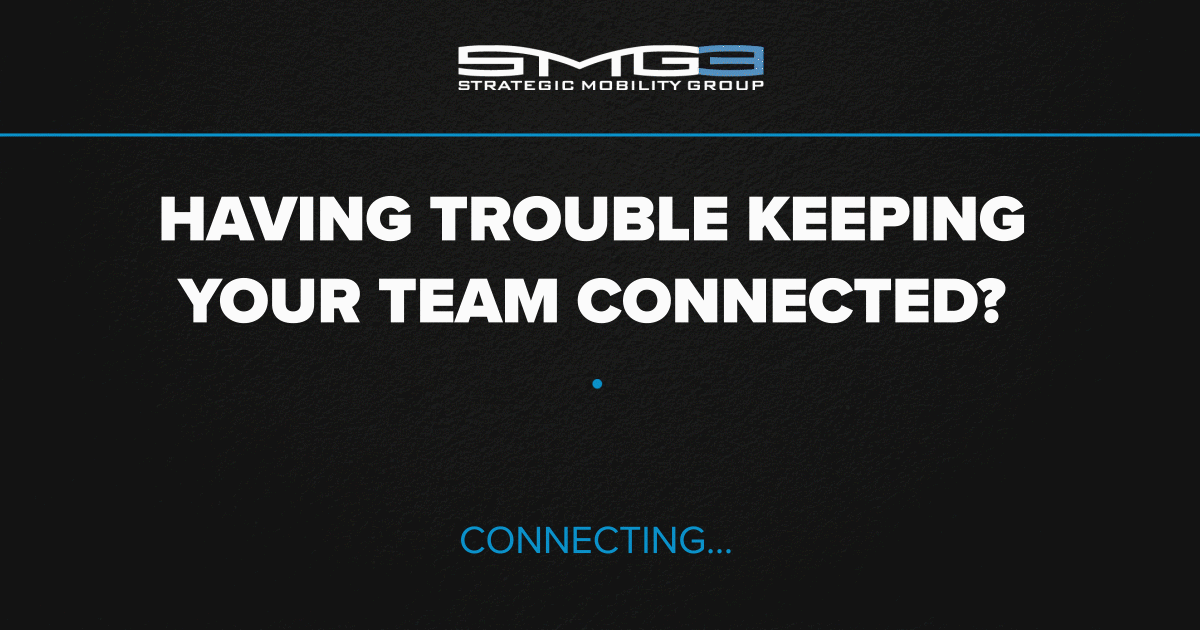Here are the 4 top issues your warehouse faces with bad internet connectivity and how to stop them.

Since its inception, 5G connectivity currently covers over 1 billion people, nearly 15% of the world population, and studies suggest 5G adoption will grow by 254% by 2025. Simply put, optimized connectivity has been highly popular across industries and consumers alike, and that demand will not lessen any time soon. In warehousing and distribution centers, achieving unbreakable internet connectivity is a difficult challenge to conquer due to environmental obstacles such as high ceilings, large employee density, and device proliferation.
Moreover, the need for industrial real estate is also expected to grow alongside demands for faster network connectivity. Research conducted by real estate services firm JLL estimates that nearly 1 billion square feet of warehousing space will be needed by 2025 to keep up with e-commerce transactions. Customer expectations for faster delivery has also pushed warehouses to relocate closer to urban areas to meet deadlines. As distribution centers make efforts to relocate and/or expand, integrating a sustainable, scalable, and cost-effective system has become an essential goal in today’s supply chains. To meet all these standards, your solution should aim to solve the following issues to ensure maximized uptime:
- Dropped sessions – When devices are “out of range”, connectivity drops along with productivity and profitability. Implementing access points in high-density areas may help solve the problem. To do this, a comprehensive site survey may be conducted to properly identify needed access points.
- Difficulty connecting new devices – Similar to the problem described above, too many access points can also hinder devices from properly connecting as they get confused as to which point they should connect. Continuous interference hinders device performance while slowing down productivity.
- Dead zones – While access points can certainly contribute to this as well, another common cause of dead zones are the materials stored in the warehouse. Densely packed products such as thick books, metal bins, and even stacks of clothing can hinder read ranges, especially when beacons are installed on high ceilings and rafters.
- Weak signals – Lastly choosing to correct antenna type -whether directional or omni-directional- can influence signal strength since they can adapt to best reach the more challenging areas of your workspace. Proper access point configuration also helps minimize interference between beacons to prevent broken connectivity.
Establishing Visibility Through Mobility™
As connectivity technologies continue to mature and adapt to new market challenges, it’s vital to keep a resourceful team beside you. Whether for infrastructure design or ongoing maintenance, teams like the SMG3 WiFi Guys minimize complexities for faster deployment and adaptability. Contact us to learn more.
